Product Consultation
Your email address will not be published. Required fields are marked *
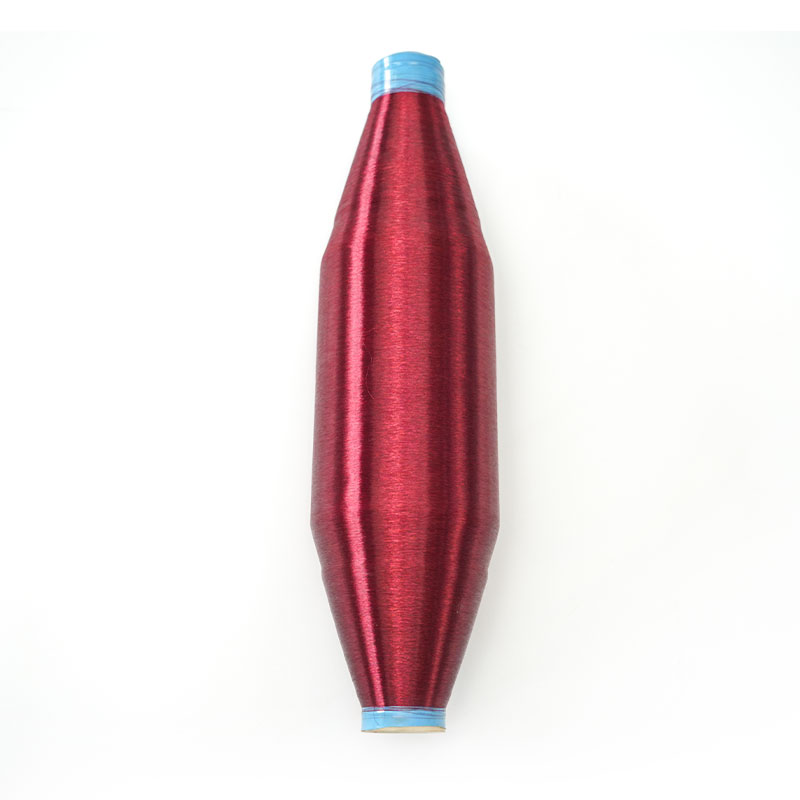
What is the lifespan or durability of nylon monofilament yarn under heavy usage or outdoor exposure?
Sep 10,2025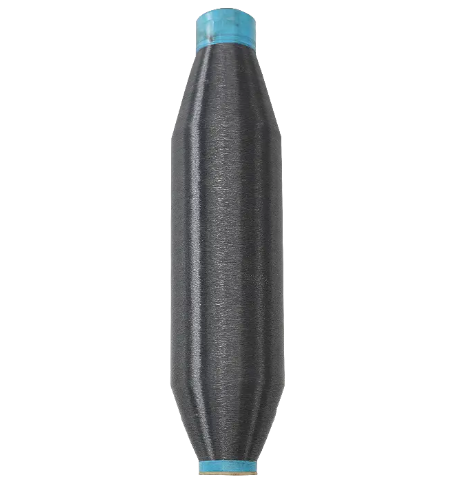
How does the diameter or thickness of the nylon monofilament yarn affect its strength, flexibility, or application?
Sep 03,2025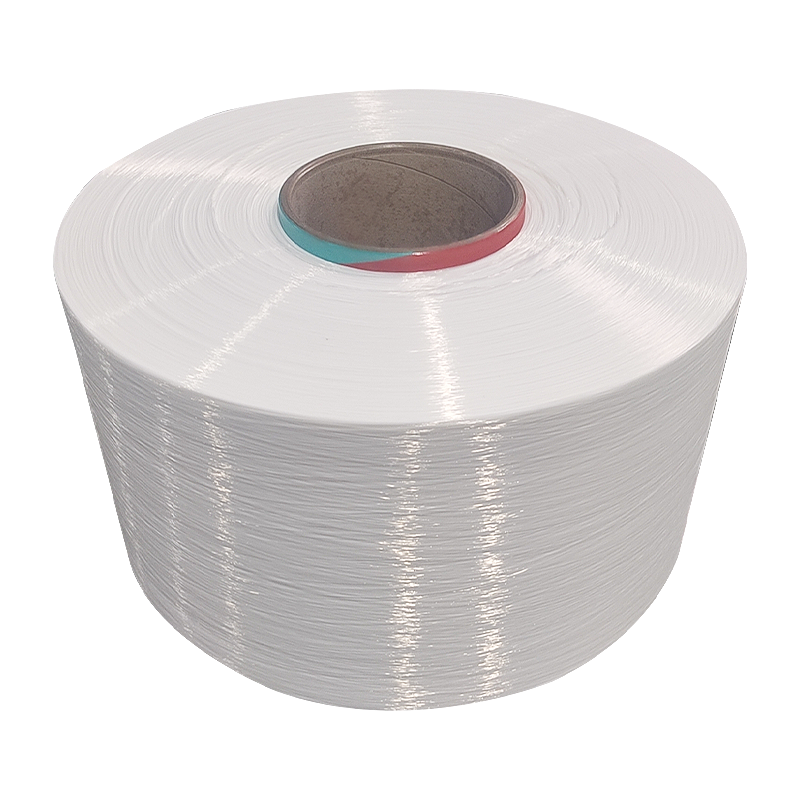
How does nylon mother yarn affect yarn strength and elasticity during production?
Aug 26,2025With the increase of environmental awareness, Biodegradable Yarn is increasingly used in the textile industry. Unlike traditional synthetic fibers, this type of yarn can be decomposed into harmless substances in the natural environment through microorganisms or other natural processes after being discarded, and its impact on the environment is much less than that of plastic fibers. The following will discuss the degradation process of Biodegradable Yarn after it is discarded and its influencing factors.
1. Degradation Mechanism of Biodegradable Yarn
The degradation of Biodegradable Yarn mainly depends on the decomposition of microorganisms. In the natural environment, yarn materials are exposed to air, water, soil and microorganisms, which promote the occurrence of biodegradation. The degradation process can be roughly divided into three main stages:
Hydrolysis and initial degradation: When Biodegradable Yarn is exposed to a humid environment, moisture will first penetrate into the molecular structure of the yarn, triggering the initial hydrolysis reaction of the material. This process causes the molecular chain of the fiber to begin to break, and the material gradually becomes fragile. Hydrolysis is usually the first step in degradation, creating conditions for subsequent microbial decomposition.
Microbial decomposition: Microorganisms (such as bacteria, fungi, etc.) are the core force in the decomposition process of degradable yarn. When the yarn is exposed to soil or water, microorganisms attach to its surface and further decompose the material by secreting enzymes. Microorganisms use carbon, nitrogen and other elements in Biodegradable Yarn as a source of nutrition, breaking down the molecular structure of the yarn into smaller organic molecules such as carbon dioxide, water and biomass in the process.
Complete mineralization: Under the continuous action of microorganisms, the yarn material will eventually be decomposed into inorganic substances, including carbon dioxide, water and a small amount of minerals. These final products will not pollute the environment and can even be used as nutrients for plant growth, thus realizing the natural cycle of materials. This process can last from several months to several years depending on environmental conditions.
2. Degradation time of Biodegradable Yarn
The degradation time of Biodegradable Yarn depends on the material of the yarn and the environmental conditions. Typically, natural fibers such as cotton or wool can be completely degraded within a few months, while bio-based synthetic fibers such as PLA may take 1-2 years to decompose in the natural environment. In contrast, traditional petroleum-based synthetic fibers such as polyester (PET) take decades or even longer to decompose.
The degradation time of yarn is also related to the way it is discarded. If Biodegradable Yarn is discarded in a landfill, its degradation process may be greatly prolonged due to the lack of oxygen and microbial action. Therefore, the best way to deal with it is to place it in an environment where it can be naturally exposed to air, sunlight and microorganisms, such as a composting site or natural soil.
3. The positive impact of Biodegradable Yarn degradation on the environment
The wide application of Biodegradable Yarn can effectively reduce the long-term pollution of the environment by plastic waste. Every year, the global textile industry produces a large amount of waste fibers, most of which are non-degradable synthetic materials. These materials exist in landfills or oceans for a long time, becoming a serious environmental problem. The use of Biodegradable Yarn can not only reduce the accumulation of fiber waste, but also reduce the harm of microplastics to the ecosystem.
Biodegradable Yarn does not release toxic substances during the degradation process, and has minimal pollution to the soil, water and atmosphere. Its degraded products can naturally return to the ecosystem, and even become organic nutrients in the soil to promote plant growth. This provides a strong impetus for the textile industry to move towards sustainable development.
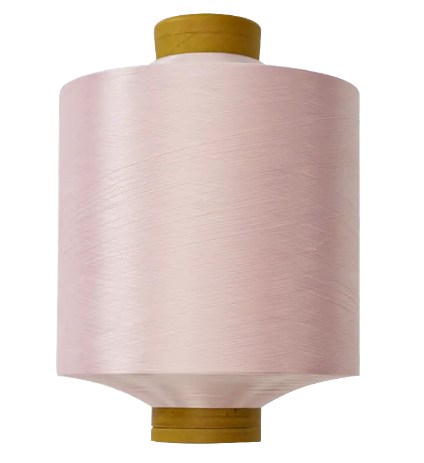
Introduction to the molecular structure of nylon in Nylon High Elastic Yarn
2024-09-02
What is the polymerization and spinning process during the production of 300D/10F Nylon Mother Yarn?
2024-09-16Your email address will not be published. Required fields are marked *
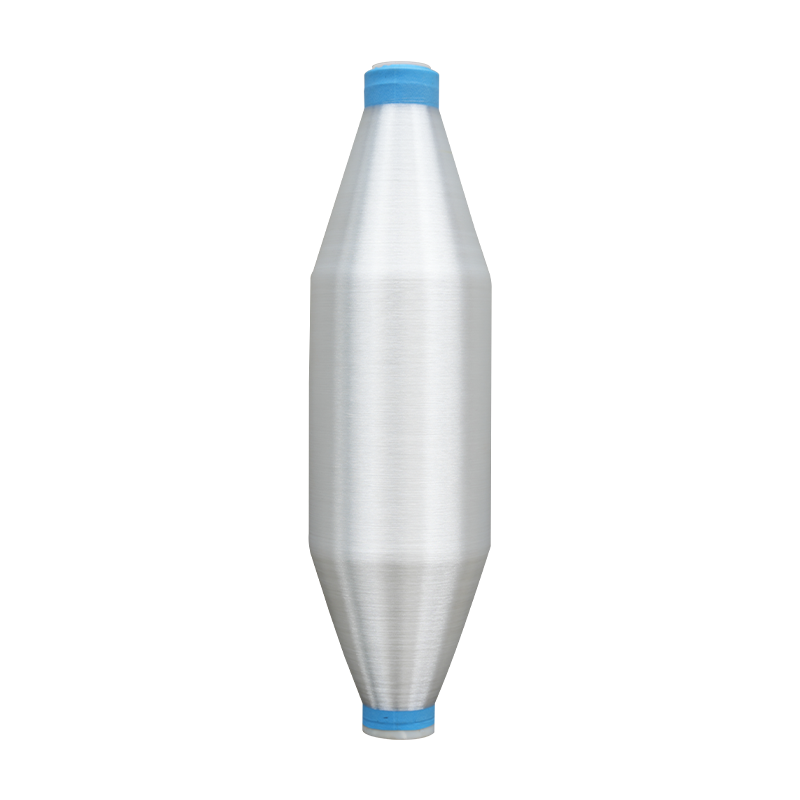
60D woven Antiviral Yarn is thin overall and suitable for making light and soft textiles. Nylon fiber has a soft feel and good breathability. This yarn is usually used to weave fabrics and can be made...
See Details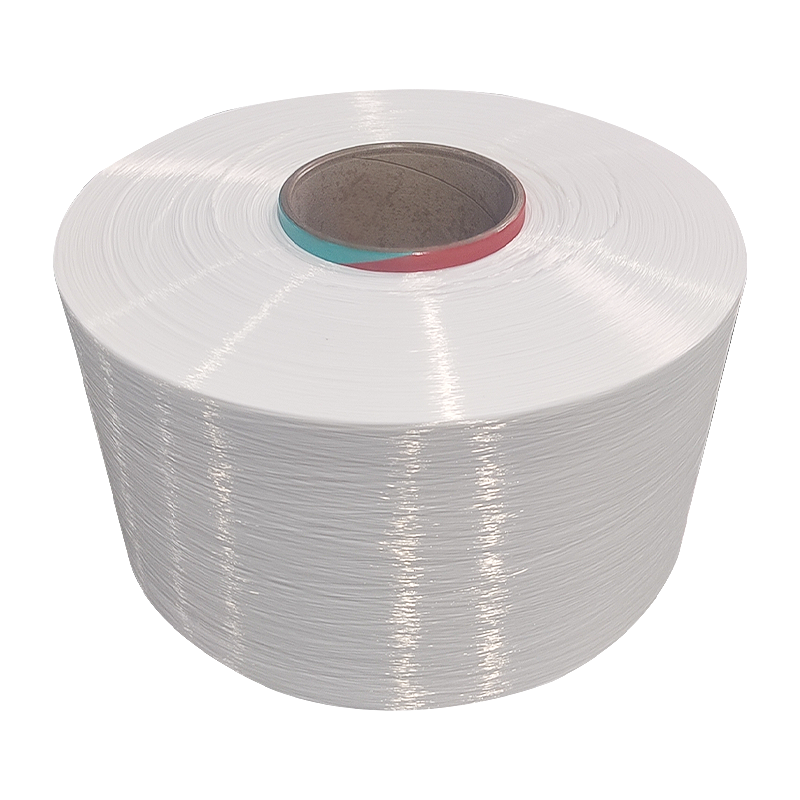
The diameter of Durable woven nylon mother yarn is 240D, the fiber thickness is medium, and it is suitable for the manufacture of a variety of textiles. This product has good tensile strength and will...
See Details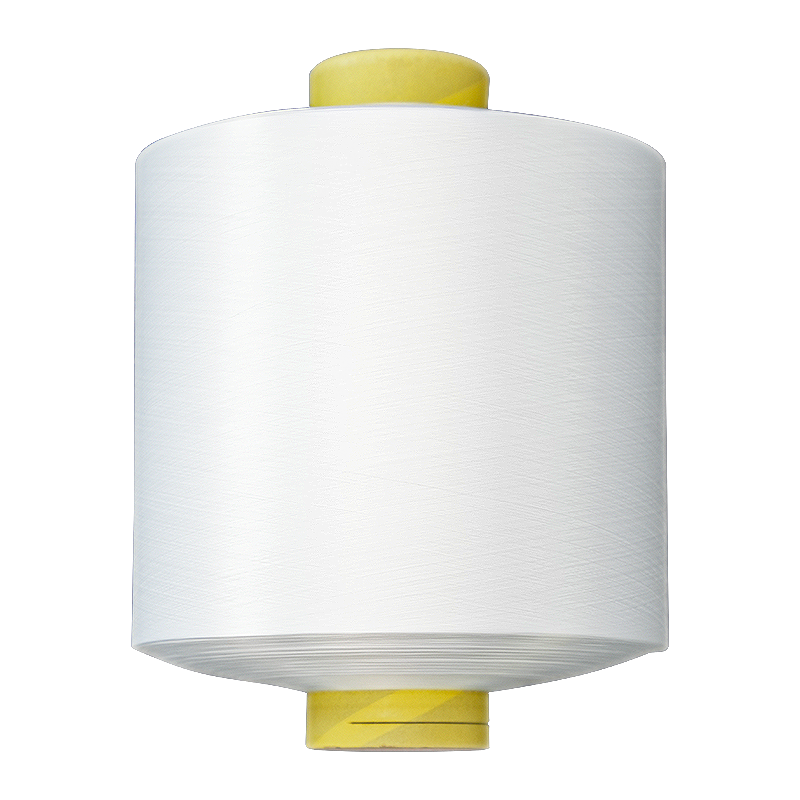
Nylon stretch sportswear yarn is a yarn used to make sportswear and other clothing that require high breathability. Nylon fiber has good breathability, which helps to wick away perspiration and keep t...
See Details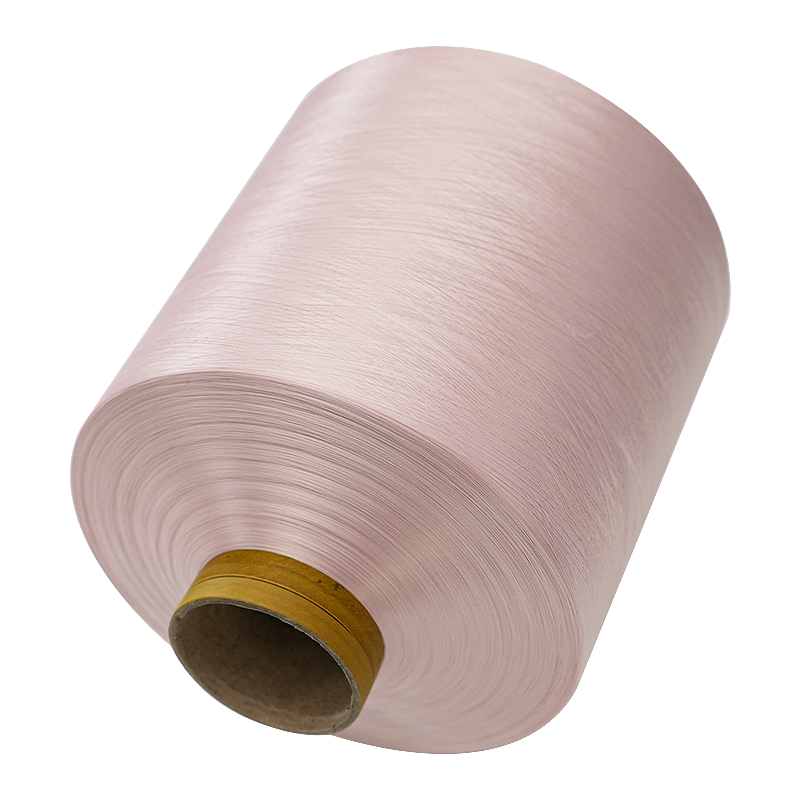
Double-strand nylon elastic yarn is a composite yarn composed of two strands of yarn. It has high strength, maintains stable performance even in a stretched state, and is not easy to break or deform. ...
See Details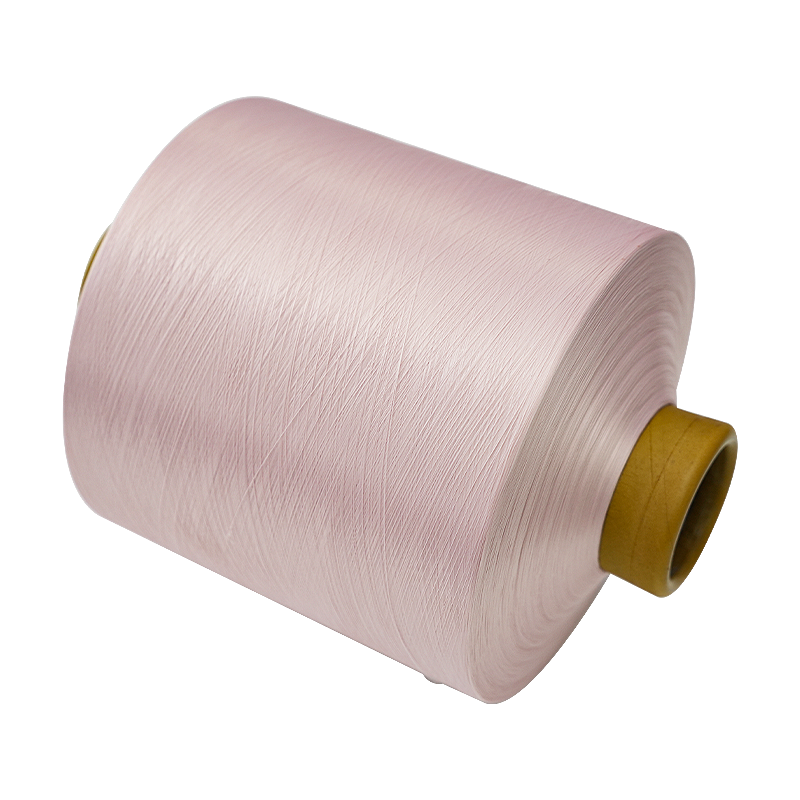
Fabrics made using Nylon elastic yarn for Weaving are lightweight, soft, comfortable and breathable, making them suitable for long-term wear. Made of high-quality nylon material with wear resistance, ...
See Details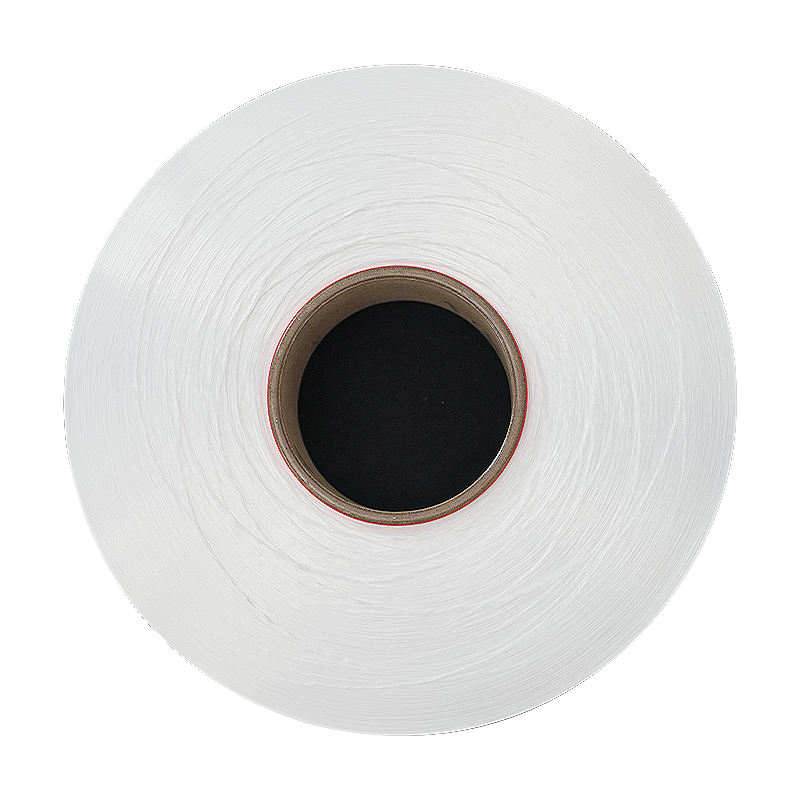
Durable composite nylon yarn has stretch and recovery properties, providing the necessary comfort, fit, and flexibility for clothing and textiles. Made of a blend of nylon fiber and polyester fiber, i...
See Details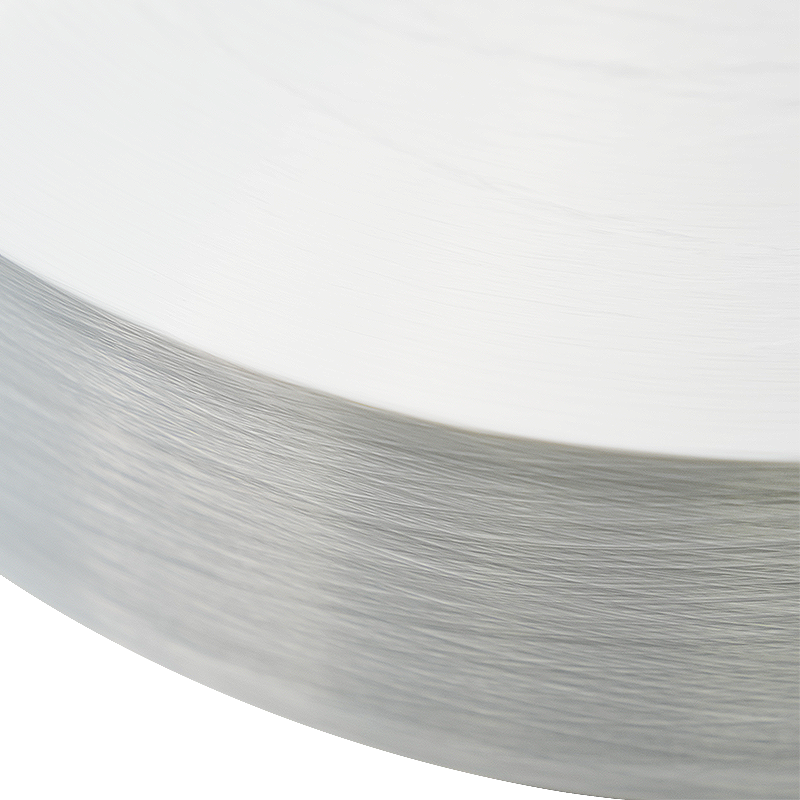
Polyester FDY yarn for weaving has high strength. After FDY yarn is fully stretched, the strength is even better and is suitable for manufacturing fabrics requiring high strength. The fabric made usin...
See Details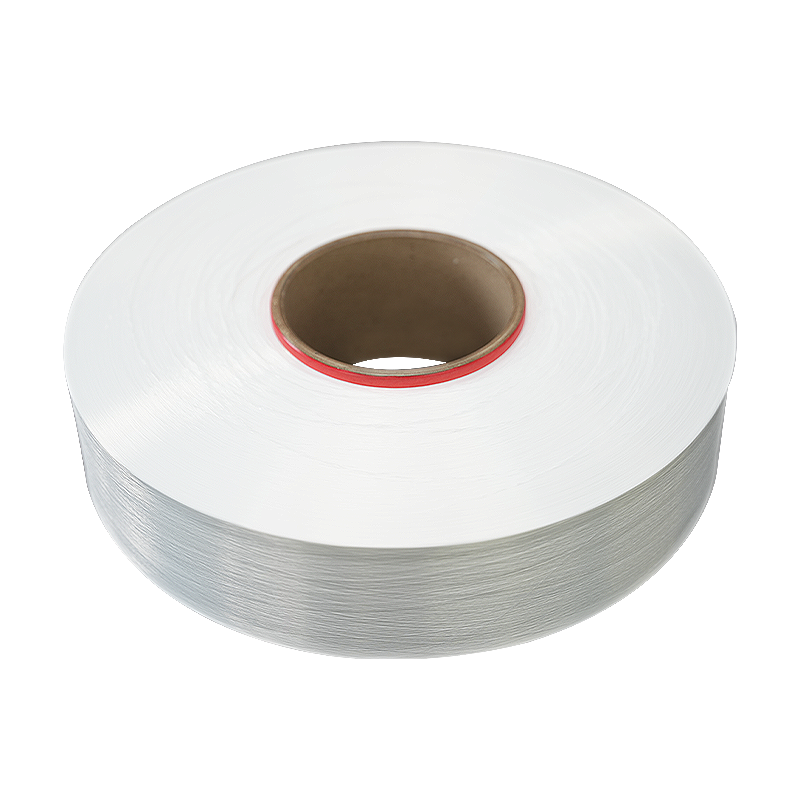
Nylon composite yarn has high strength and toughness. Textiles made with Nylon composite yarn have good stretch resistance and tear resistance. This yarn has a wide range of applications and can be us...
See Details
Low-melt textile FDY yarn can bond with other fibers at a certain temperature to form a strong fabric structure. This property makes it ideal for manufacturing synthetic or reinforced fabrics. This ki...
See Details
Water-repellent blended FDY yarn has good waterproof properties. This characteristic makes Water-repellent blended FDY yarn a greater advantage when making textiles with high waterproof requirements s...
See Details
Composite woven FDY yarn mixes different types of fibers and has good wear resistance. The fabric made is not easy to wear and is suitable for long-term use. Composite woven FDY yarn has a wide range ...
See Details
The fibers of 210D water-repellent yarn are relatively thick, making the yarn highly wear-resistant and durable, making it suitable for long-term use. Composite fiber enables yarn to have the advantag...
See DetailsAddress: Duntou industrial park, haian county, nantong city,jiangsu province ,China.
TEL: +86 15850491859
E-mail: sales-betty@hsnylon.com
If You Are Interested In Our Products, Please Consult Us